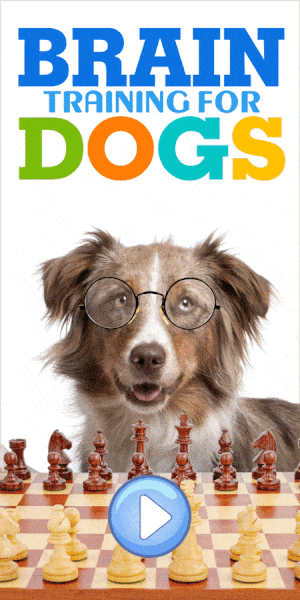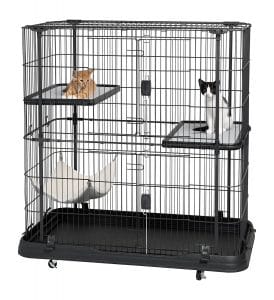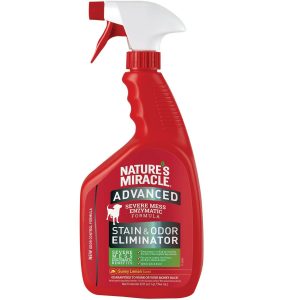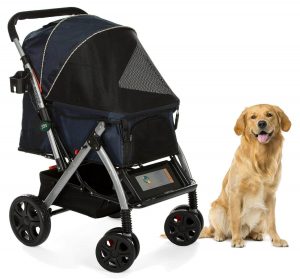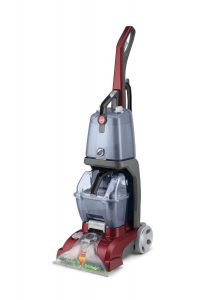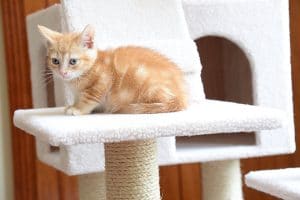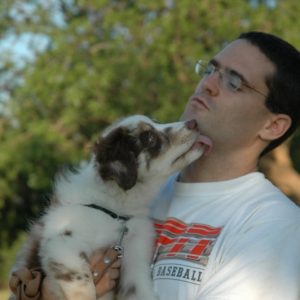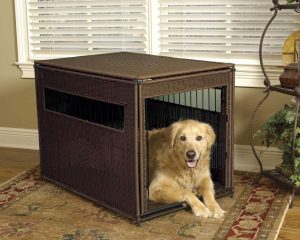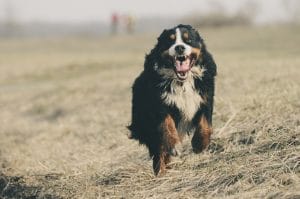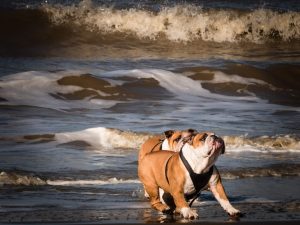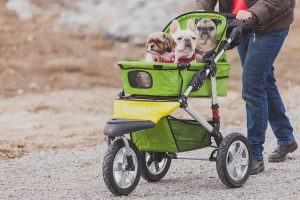
It is important to understand what an important or valuable object is. The value of the object is determined by the dog and by the owner. The owner’s thoughts regarding the value of an object are meaningless. Some dogs can decide for example, that a piece to toilet paper is much more valuable than a bone and hence, they will guard the toilet paper and let the owner take the bone. Dogs can practically guard anything – they will guard food, toys, bones, toilet paper, socks, a good sleeping place on the couch, and even their owners (when other individuals approach them). Please note that possessiveness over the owners is not considered love or protectiveness and is not an acceptable behavior.
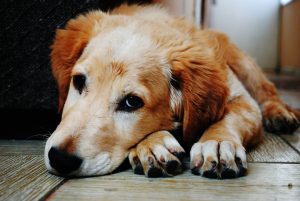
Preventing resource guarding involves several processes that teach the puppy that the presence of humans next to his possessions predicts more, even better possessions, and has nothing to do with losing the valuable object already at hand. Try to treat this problem objectively as possible. Dog owners can be very insulted that the dog that just took a bone from this hand, wants to bite that hand a minute later. However, from the dog’s point of view it is not personal. The way he sees it if you left it, and he has it, it’s his.
Step by Step:
 Preventing possessiveness over food:
Preventing possessiveness over food:
- Prepare very tasty treats that are much better than your dog’s dry food.
- Give the puppy a bowl of dry food and while she is eating, approach the bowl and throw several tasty treats in it. Repeat several times.
- Now, approach the bowl and actually put the treats in it while your puppy is eating. Repeat several times.
- You may reach a stage where your puppy stops eating when you approach and looks at you for the tastier treats – this is a sign to move to the next step.
- Approach the food bowl and while your puppy is eating, pick it up, put the treats in the bowl and give the bowl back to your puppy. Repeat several times.
- Repeat those exercises several times and week and with many individuals as possible. We want the puppy to generalize that if a human being approaches his bowl, good things happen.
- You can also pet your puppy while he is eating and while dropping treats in the bowl. The puppy needs to get used to being touched while eating.
- Kids can be involved in these exercises but only other parental supervision. If your dog has shown possession aggression before, do not let children do these exercises and consult a behavior specialist to help you with the case.
 Preventing possessiveness over bones and other objects:
Preventing possessiveness over bones and other objects:
- Prepare very tasty treats that are much better than your dog’s dry food.
- Give your puppy a bone or a toy he likes.
- Approach the puppy with a treat and show it to him. When the puppy drops the toy give him the treat and take the toy (this is known as the exchange game)
- As soon as your puppy finishes eating the treat, give the toy back to him. For the puppy, this is a win-win situation. He gets the treat and the toy or bone back.
- Repeat this exercise with several people and different types of possessions.
- Play the exchange game often. Give a rope for a ball, a treat for a bone, a squeaky toy for a bone, etc.
- Avoid yelling at your puppy if he will not give up a bone or a toy. In addition, avoid taking the toy by force. This can teach the puppy that he was right to try and protect his resource from the first place and can increase the aggression over time.
- If the dog will not give up his object, you need to go back to the beginning and give valuable treats for that object. Remember that dogs learn by repetition and that you need to repeat each exercise several times.
- Repeat those exercise several times a week. Your goal is that your puppy is very relaxed and happy when people approach and take something from his mouth.
- Kids can be involved in these exercises but only other parental supervision. If your dog has shown possession aggression before, do not let children do these exercises and consult a behavior specialist to help you with the case.

 Preventing possessiveness over food:
Preventing possessiveness over food: Preventing possessiveness over bones and other objects:
Preventing possessiveness over bones and other objects: